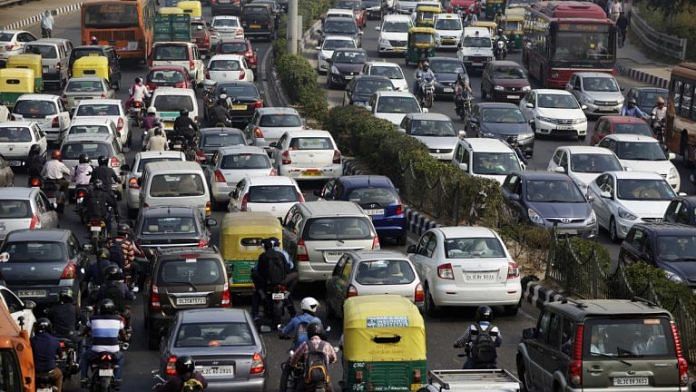Driving around cities isn’t what it used to be. While motorists the world over still encounter crowded roads, the global response to the pandemic has changed traffic flows and redefined which roads, in which cities, are the most congested, according to the latest TOMTOM Traffic Index.
Lockdown restrictions, social distancing measures and the migration from city-centre offices to home working, have impacted traffic flows in many cities, reversing a year-on-year trend for the world’s roads to get progressively busier.
Using real traffic data from more than 400 world cities, the index recorded a year like no other. In 2020, global congestion levels plummeted: traffic levels dropped in 387 cities compared to 2019, with just 13 cities showing an increase.
Traffic volumes fell sharply in March, April and May, as markets around the world went into lockdown or curbed economic activity in response to the COVID-19 outbreak.
The normally bustling arteries of congestion hotspots like New York, New Delhi and Colombia’s capital Bogotá, saw up to 30 days of low traffic in April 2020, with congestion levels half those recorded on the same day in 2019. In all, 276 cities saw at least 20 days with low traffic.
Is your city one of the most congested?
Moscow’s roads rank as the world’s busiest with 54% congestion, up from sixth most congested in 2019, TOMTOM data shows. Although traffic flow decreased five percentage points from the previous year, in other cities vehicle drop-off was greater.
Congestion in Mumbai dropped by 12 percentage points from the previous year to 53%, making it the world’s second most congested urban area, having topped the index in 2017 and 2018, before dropping to fourth in 2019.
Bogotá maintained its 2019 third spot in the ranking, also with 53% congestion – a decrease of 15 percentage points since 2019.
A temporary blip or a blueprint for the future?
With several vaccines being gradually rolled out, there is hope that a world beyond the pandemic awaits us in the near future – but what this world will look like remains uncertain.
Investing in public transport has been seen as a way to reduce the number of cars on city-centre roads, but passenger numbers have fallen as more people work remotely, and others try to avoid enclosed spaces. London passenger numbers were down more than 70% in mid-December 2020, compared to pre-pandemic levels, according to Google’s COVID-19 Community Mobility Report.
While this could lead to an increase in private-vehicle use in some cities, fewer commuters coupled with the boom in sustainable transport modes, like walking and cycling, could help reduce traffic numbers.
Barcelona has pioneered car-free neighbourhoods, and cities from Bogotá to Berlin have invested in expanding dedicated pedestrian and cycling infrastructure, to encourage people to leave their cars at home and adopt healthier ways to get around town.
This article was originally published in the World Economic Forum.
Also read: Elon Musk’s Tesla are headed to India, but there won’t be any green car revolution here







Not running text alone give list of 10 cities 1,2,3,4,..like for a quick read.